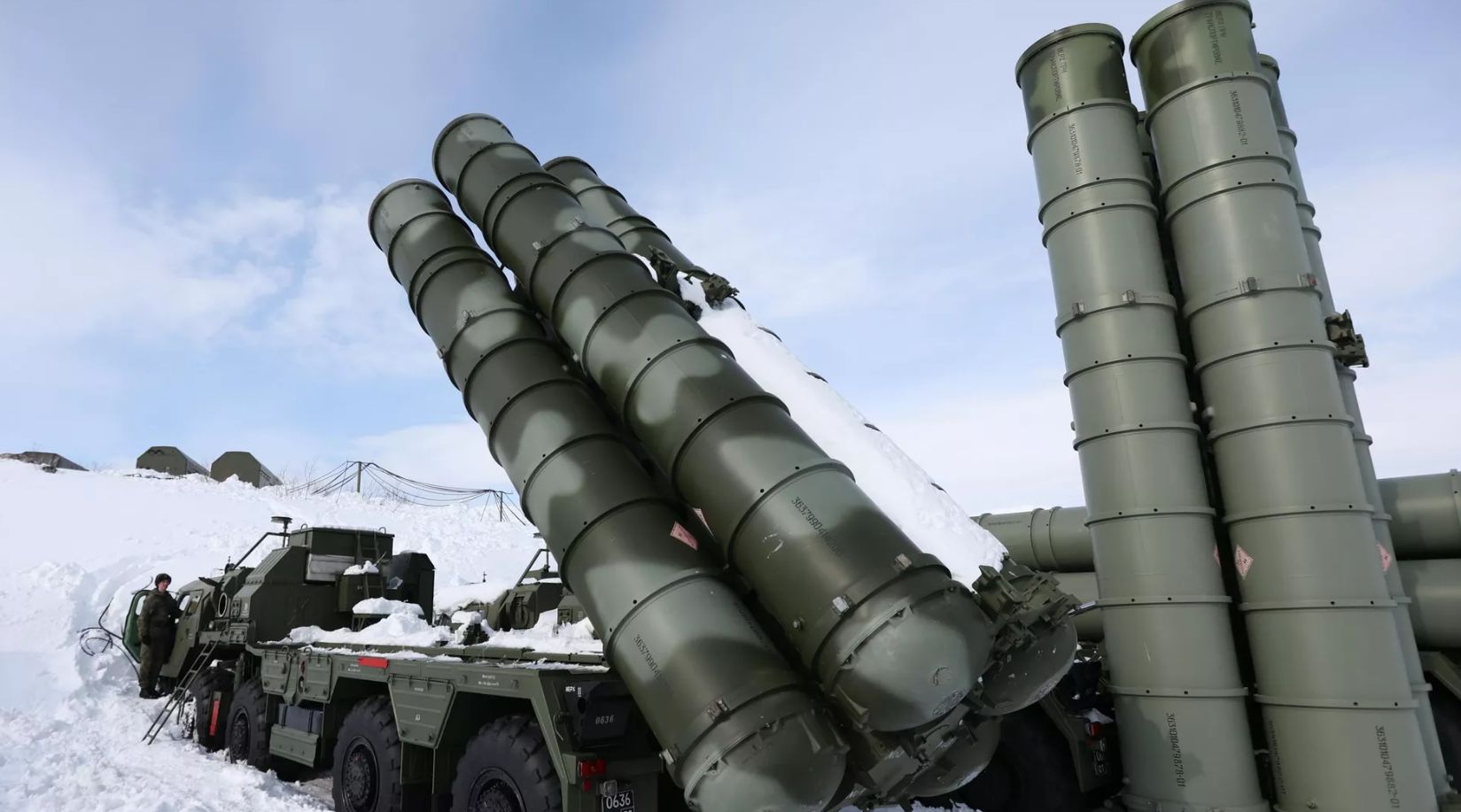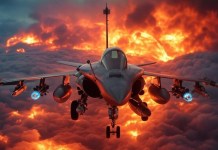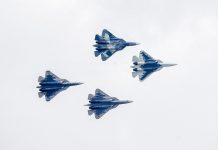The Ukrainian Air Force has faced stunning attrition levels during the past two weeks, raising serious doubts over its ability to influence ground operations in favor of the Armed Forces of Ukraine (AFU).
According to TASS, during a meeting with military personnel of the Vostok grouping units who were awarded state awards, Russian Defense Minister Sergei Shoigu said, “We have complexes that shot down 24 aircraft in five days.”
According to RuMoD reports on the progress of the SMO, Russian air defense units downed 19 AFU MiG-29s from October 14 to October 25.
In addition, according to the above RuMoD reports, Russian air defense units also shot down an L-39, three Su-25, and three Mi-8 during the same period.
There is intense speculation over the Russian claim, with analysts attributing the spectacular rise in attrition to:
1. Change in Russian tactics.
2. Deployment of RVV-BD long-range air-to-air missile equipped MiG-31K in Crimea.
3. The use of the combination of A-50U AWACS and S-400 IADS.
Change In Tactics
The AFU has been using MiG-29 fighters to deliver JDAM satellite-guided glide bombs to interdict Russian troops and supplies and HARM missiles to destroy Russian AD radars.
Typically, Ukrainian MiG-29s fly very low to evade detection by Russian air defense radars. On nearing their JDAM or HARM launch points, they pull up to gain altitude to maximize range for their JDAMs or to lock their HARM missiles to Russian air defense (AD) radars.
As soon as they pull up, they are prone to detection by Russian AD radars. So, the pull-up point is calculated to keep the launch platform out of range of Russian AD systems.
After releasing their weapon load, AFU MiG-29s ‘hit the deck’ again and return to their base at tree-top levels.
As long as they could follow the above tactics, their attrition levels were low.
Impact Of Longer Range Kamikaze Drones
The MiG-29 has a minimal radius of action (RoA), flying at treetop levels with heavy weapon load. Basing the aircraft close to the battlefront, given its limited RoA, is not an option for the AFU since it would be easier for the RuAF to destroy the MiG-29s on the ground. As such, the MiG-29 is based on the interior.
Until recently, AFU MiG-29s would stage through Ukrainian Air Force forward bases to reach their weapon launch points. After refueling and arming at the forward base, they could take off, fly at tree-top levels, pull up, launch their weapons, hit the deck again, and escape, giving Russian air defenses insufficient time to react effectively.
Staging through a forward air base was safe, as it would take Russian forces time to detect the presence of the attacking aircraft at the forward airbase and order a pre-emptive strike.
However, since September, Russia has started using long-range reconnaissance and kamikaze drones to watch AFU forward airbases, allowing them to strike immediately at any fighters refueling and arming at the base.
Without the option to stage through a forward air base, AFU MiG-29 are likely forced to fly at higher altitudes to extend their RoA when coming in for a strike, making them more vulnerable to AWACS detection and S-400 engagement.
The MiG-31K Factor
While it is true that Russia has deployed MiG-31K fighters to Crimea to fly deterrent patrols over the Black Sea, it’s also true that these MiG-31K fighters have no airborne radar! Yes, you read that right! MiG-31K is incapable of shooting down any aircraft. They are stripped of their radar to enable them to carry the Kinzhal missile!
Besides, RuMoD progress reports have attributed the shoot-downs to Russian air defense units, not Russian Air Force fighter aircraft. Also, General Shoigu’s statement, “We have complexes that shot down 24 aircraft in five days,” clearly suggests the use of air defense units.

A-50U AWACS And S-400 IADS Combination
Many analysts have attributed the RuAF success to the induction of modernized A-50U AWACS platforms.
According to a TASS report dated October 25, quoting a source close to the Russian military department, Russian S-400 systems in combination with A-50U AWACS were used to bring down the target aircraft, which were flying at an altitude of approximately 1 km, using a missile with a new type of warhead.
The agency’s interlocutor said, “During the SVO, Russia used the S-400 Triumph air defense system in tandem with the A-50 long-range radar detection aircraft, which ensured the success of using the system against enemy aviation.”
TASS does not have official confirmation of the claim.
Modernized A-50U
Two modernized A-50U AWACS were recently inducted into the RuAF on October 14 and September 22.
They were the first A-50U inductions following the start of the SMO on February 24, 2022. However, the RuAF had seven modernized A-50Us before the beginning of the SMO, the last of which was delivered in December 2021.
When delivering the 7th modernized A-57U, Rostec announced that the next aircraft would be delivered in 2023. The induction of the modernized A-50U had nothing to do with Russian successes.
Understanding S-400 IADS
The ability of the S-400 to be cued by an AWACS was a defining feature of the IADS. It was an essential qualitative requirement. It’s not a newly introduced technological advance.
The S-400 system can be cued by an external ground-based or airborne (AWACS) radar over a data link streaming raw trace or processed data. Another S-400 can also prompt it. Theoretically, even a MiG-31BM could cue the S-400 system.
Conclusion
For there to be a change, there has to be a change. Introducing the modernized A-50U is not a change, nor is its prompting of the S-400 through AWACS.
However, the introduction of long-range surveillance and kamikaze drones capable of evading Ukrainian AD is a change.
This change stops AFU MiG-29 from staging through their forward bases.
An unknown technical advance in modernized A-50U or S-400 may also be in play.
- Vijainder K Thakur is a retired IAF Jaguar pilot. He is also an author, software architect, entrepreneur, and military analyst. VIEWS PERSONAL
- Follow the author @vkthakur




